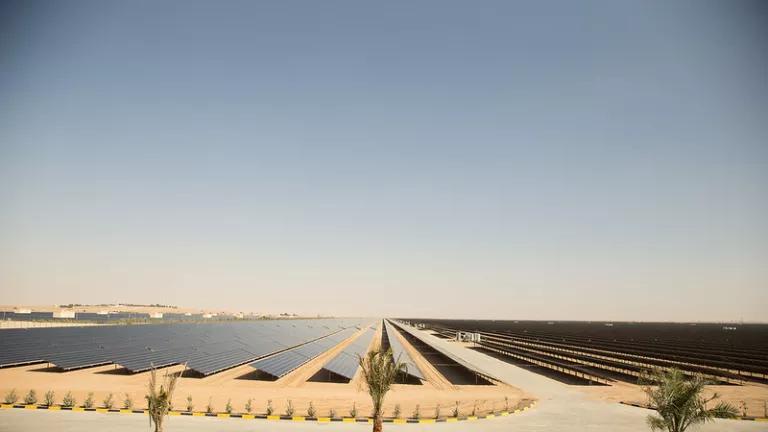New Biomass Funding Would Cost Loads & Worsen Climate Change
There are much cheaper ways to get to net zero that would actually reduce emissions.

Massive piles of lumber at Enviva Pellets Northampton, a wood pellet production facility in North Carolina.
Dogwood Alliance
The power companies that have swapped burning coal for burning trees can see the writing on the wall: their days are numbered.
More and more politicians, scientists, and financial institutions are ringing the alarm bell. UK public finances are increasingly strained and the cost of Government borrowing has rarely been higher, meaning these billions in bioenergy subsidies look worse every day.
Bioenergy doesn’t even provide the climate benefits it claims. Harvesting trees puts a big dent in forests’ ability to absorb carbon, meaning that even with carbon capture and storage it would only be carbon negative years or decades later when trees have regrown and caught up.
Despite all this, these companies are pushing the UK government to award them brand new financial contracts to burn trees that would put future governments on the hook for billions of pounds of subsidies. Most notably, Drax — the UK’s largest bioenergy generator — is lobbying for continued subsidies to burn wood at three of its combustion units as its current subsidies (worth millions every year to the company) expire in 2027.
This is a terrible idea for several reasons. First, it would be incredibly expensive.
Bioenergy is a very expensive energy technology. Wind and solar are now getting contracts of around £45-50 for every megawatt hour of electricity they produce. But bioenergy still sits somewhere between £100-150 per megawatt hour. And future bioenergy with carbon capture and storage is predicted (by the Government itself) to be even more expensive at £179 per megawatt hour.
A new 15-year contract for these three combustion units, paying £150 per megawatt hour, could cost a total of over £13 billion from 2024-2038. This would add £13 to every family’s energy bill every year (original analysis, based on figures by Trinomics).
£13 billion could insulate almost 9 million homes (based on figures by Trinomics).These 9 million houses are more than half the homes in England and Wales badly in need of more insulation. Measures like cavity wall and loft insulation could help these homes save energy use, and potentially hundreds of pounds per year on their energy bills. Unlike bioenergy (which increases people’s bills because it is so expensive) this insulation would pay for itself within 4 years because it would bring down energy use by about 20% and in turn bills.
Bioenergy is expensive because its main fixed cost is the wood it burns (even the bioenergy industry itself is worried about these costs rocketing in future). Unlike wind or solar it can’t improve over time and become significantly cheaper. But paying such a huge bill for this industry, which claims it is green and low-carbon, isn’t actually buying any climate benefit.
Not only would new subsidies for Drax be expensive, but they would also worsen change.Wind and solar are genuinely helping to cut emissions. But burning wood from forests makes Drax power station the single biggest source of carbon dioxide in the UK. The bioenergy industry argues that the trees left in the forest, that continue growing, mean this doesn’t matter. But this ignores the fact that these trees are already offsetting other emissions, from the transport and industry sectors of the countries where they are growing. You can’t count their climate benefit twice, that’s fiddling with the books.
Not to mention the impacts on wildlife in protected forests where the trees are harvested, and on poor communities of color in the southeast US where trees are converted to pellets, releasing huge amounts of wood dust.
The bottom line is that there are much cheaper ways to get to net zero that actually reduce emissions. The Government wants to rely on bioenergy to offset emissions from other activities like flying and farming.
According to new analysis by Green Alliance, it is far cheaper to further cut emissions from agriculture, and restore nature more, than to use engineered greenhouse gas removals like BECCS - £100 billion cheaper by 2050. This could be achieved by helping people eat less meat and dairy, and supporting farmers to restore more nature alongside producing food.
The Government is taking steps in this direction - it has announced new measures to fund farmers for environmental outcomes, and published a new Environmental Improvement Plan (although in this plan it has weakened its target for planting trees). But the Government continues to plough billions into burning trees instead of redirecting those funds to increase the budget set aside to support farmers and for nature restoration. Diverting these funds would underpin food security and result in real emissions cuts, not the phantom ones the bioenergy industry claims can be delivered by burning trees.



